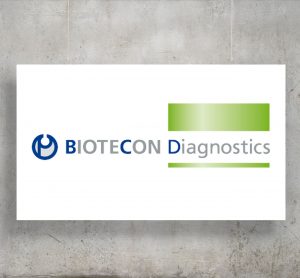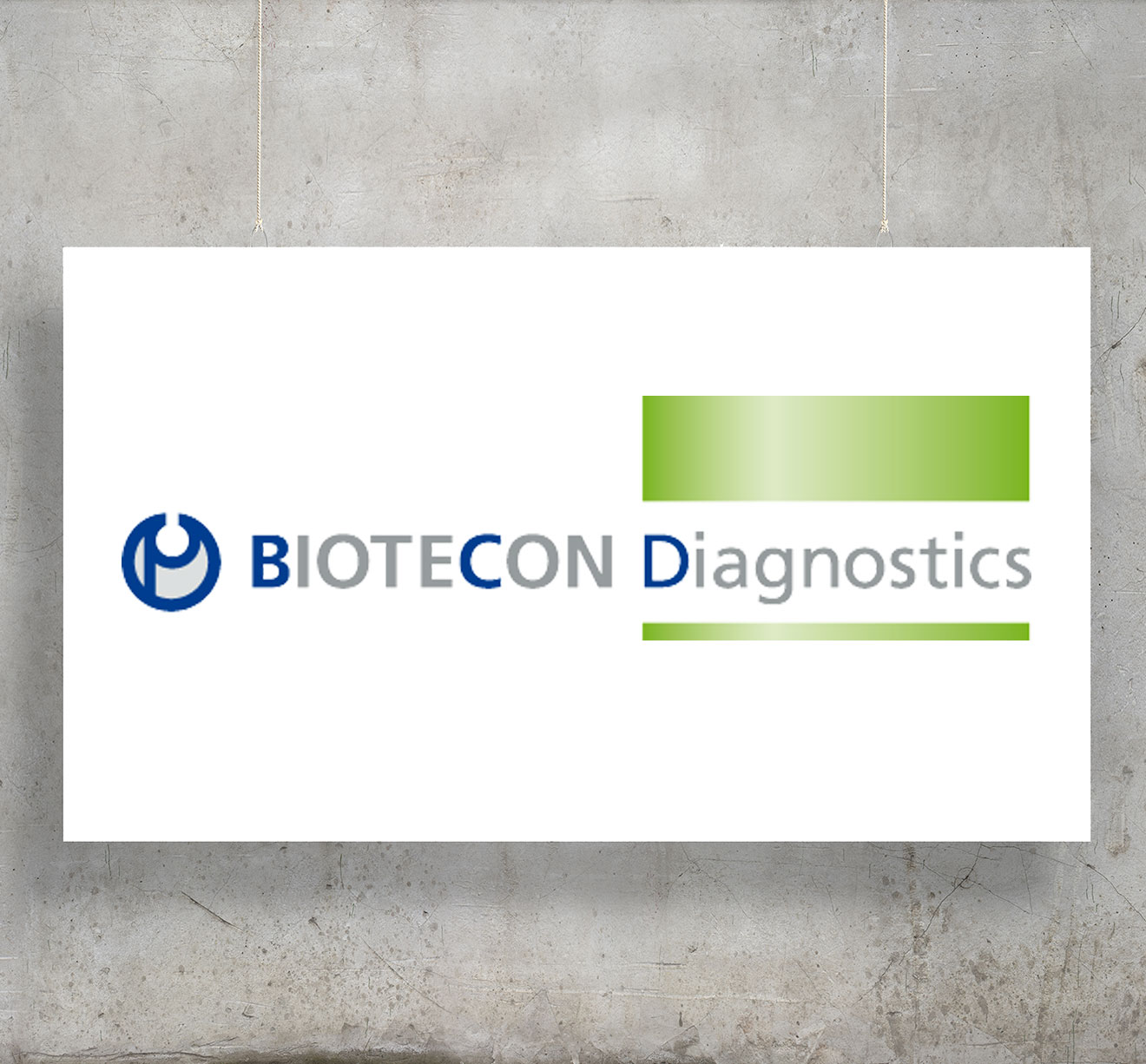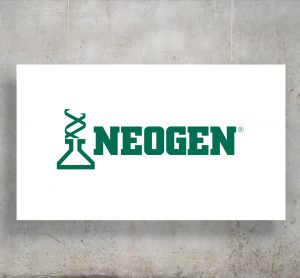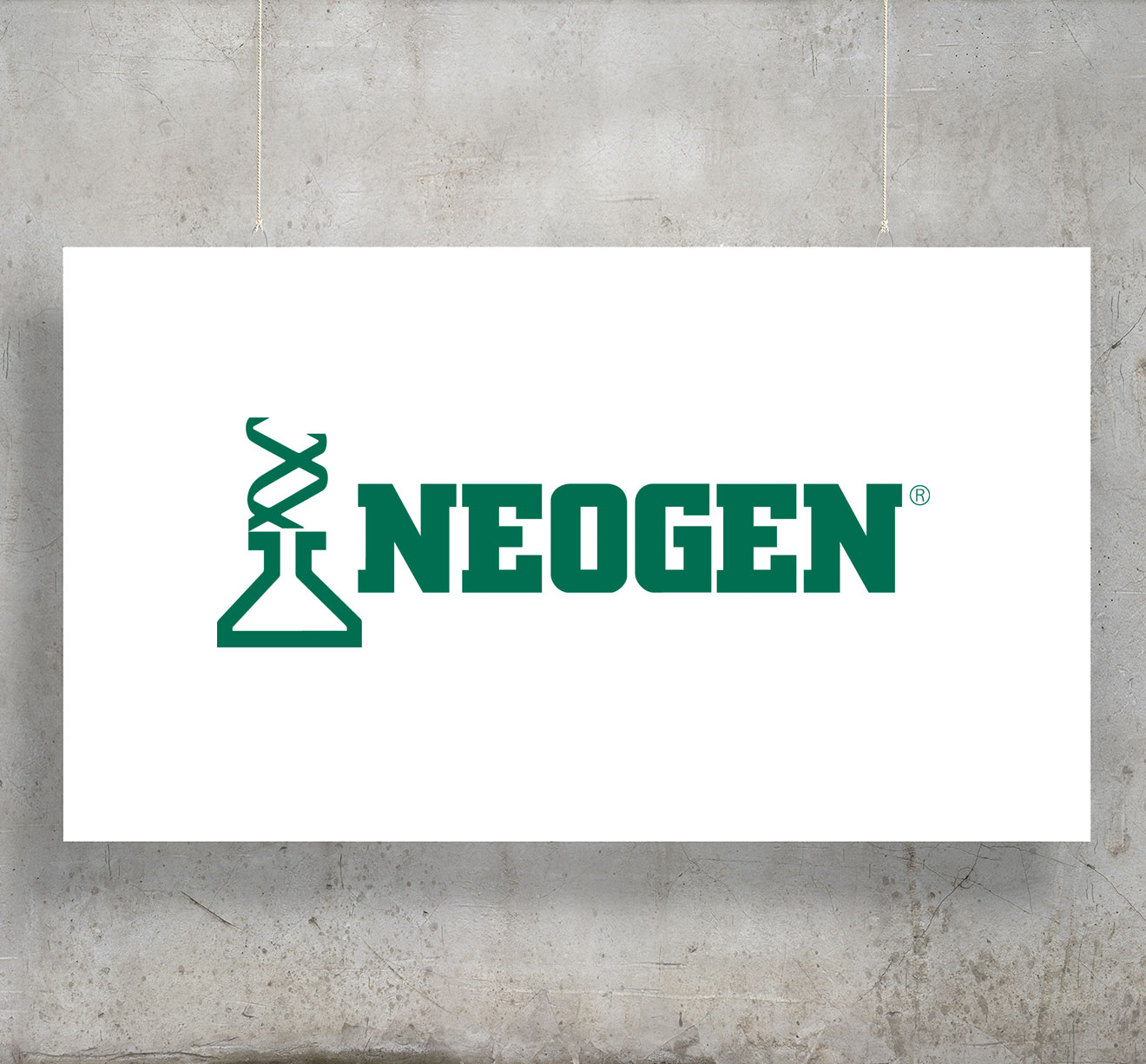Predictive modelling of microbial behaviour in foods: an industrial perspective and applications
5 November 2010 | By François Bourdichon & Mohamed Hedi Ben Cheikh, Food Safety Centre, Danone Corporate
Mathematics is everywhere. One might go into the field of biology to avoid numbers and equations, yet they are still there, helping food technologists to decipher the behaviour of micro-organisms in different food matrices and along the process chain. Since the negation of the spontaneous generation theory by Louis Pasteur…










